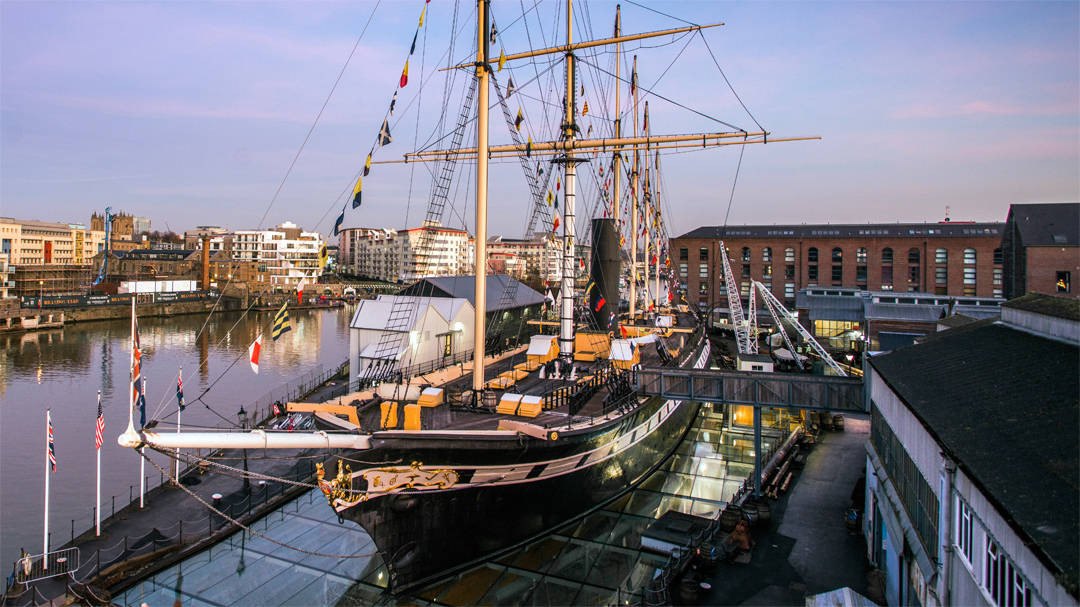“Back in Ballarat I located the site of another diggings called Canadian Gully where, I had previously discovered, passenger George Maunsell was beaten to death, possibly by another passenger within weeks of their arrival in Australia. He died in the arms of John Sadleir yet another passenger who had joined the Goldfields Police and was there by sheer chance. It was this John Sadleir who years later, was to find himself in charge of the arrest of the Kelly Gang.
“Also at Canadian Gully in January 1853 a Railway Clerk from Wolverhampton called William Paulton Green, who had somehow managed to afford to travel First Cass on the ss Great Britain, was one of a group of four men from the Black Country who discovered the whopping great ‘Sarah Sands’ nugget which was allegedly the size of a leg of mutton and valued at over £8,000. They returned home wealthy men and until this trip to Australia I didn’t know what had then happened to William Paulton Green. From letters now at the University of Adelaide written by William to John Lees another of the lucky miners, I now know that he bought a hotel in Canada that was later destroyed by fire and having no insurance, William lost his entire fortune. He returned to England penniless and by the 1871 census he and his wife were mere tenants of the Star Inn in Congleton, Cheshire. Canadian Gully today is totally unrecognisable – covered in housing and a shopping centre it is simply a suburb of Ballarat.
“Later in the week I moved on to Bendigo, about an hour and a half north of Ballarat. This was the city that grew on gold and is still one of the richest towns in Victoria, with a colonial main street full of opulent civic buildings and enormous colonial style hotels. From here I did a drive/walk that will stay in my mind for a very long time – out to Forest Creek, the site of the Diggings that occupied so many of the ss Great Britain 1852 emigrants. Although the landscape is scarred with holes and lumps from where the Diggings were, much of it is now obscured by vegetation so it’s difficult to get a sense of how frenetic and ‘raw’ it must have seemed then, but it was an extraordinary feeling walking along tracks and knowing that many of ‘our’ passengers had also walked here. The most poignant moment was when I came across Pennyweight Flat Cemetery where over 200 people, mostly small children, were buried in an area only about 10 metres square. Only a few very small headstones remain, plus heaps of stones that were piled up around the shallow graves. The whole area has a very palpable atmosphere but this tiny cemetery on a hill surrounded by gum trees really did sum up the lives of those miners for me – you cannot look at a wobbly scratched inscription about the death of a 14 month old baby 160 years ago and not feel a connection to the brutal reality of their lives.
“All in all it’s been a very exciting, and moving, couple of weeks. I feel I’m getting to know our passengers more and more, and am looking forward to unravelling further details of their lives in the weeks to come.”



